- TOP
- Sutra Tiles
Overview
Sutra Tiles
- Museum No.
- JK244
Showing 1-6 of 11
| Title | Sutra Tiles |
|---|---|
| Designation | |
| Artist | |
| Category | Archaeology(J), Sutra Tiles |
| Country | Japan |
| Period | Heian |
| Century | 12th |
| Year | |
| Quantity | |
| Materials | |
| Dimensions | |
| Inscription by | |
| Signature/Seals Etc | |
| Donor | Tanahashi Nobufumi |
Included Works
This object may be one within a set or the title of a set. To see all objects in the set, perform a Category Search by the Museum Number below, entering numerals only before the hyphen.

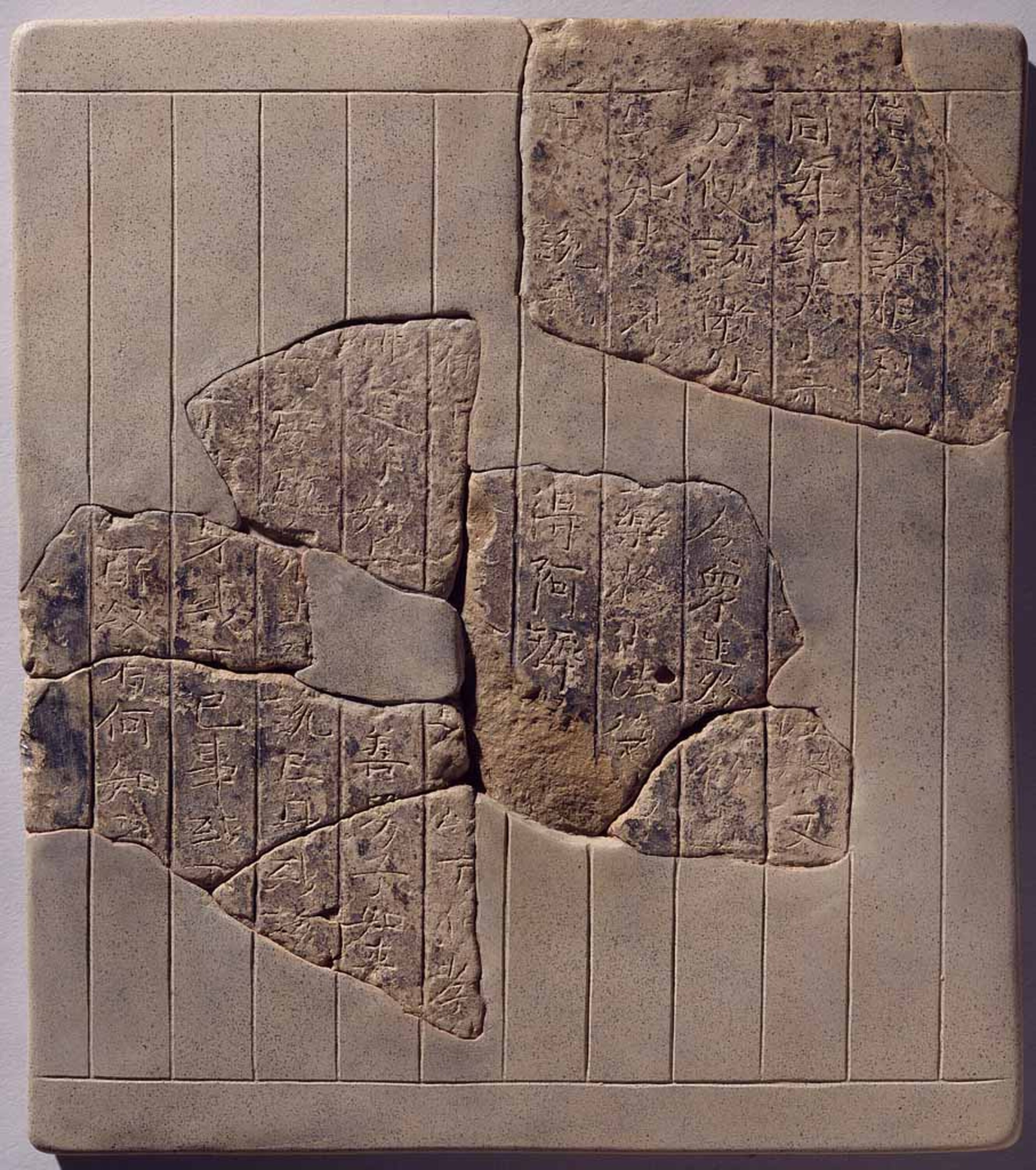



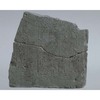
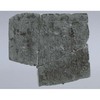
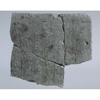
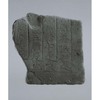
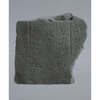
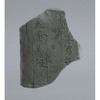
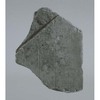
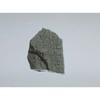

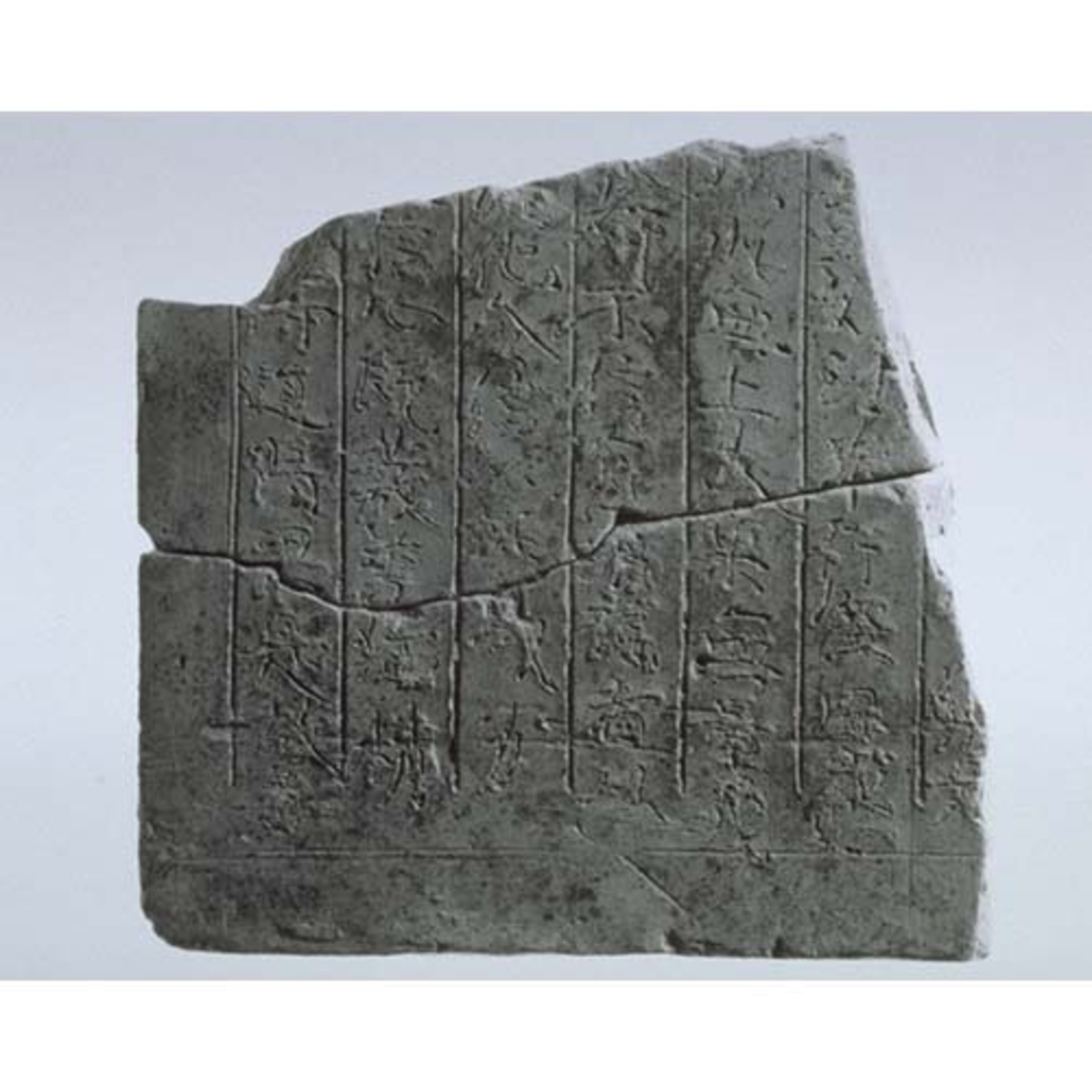
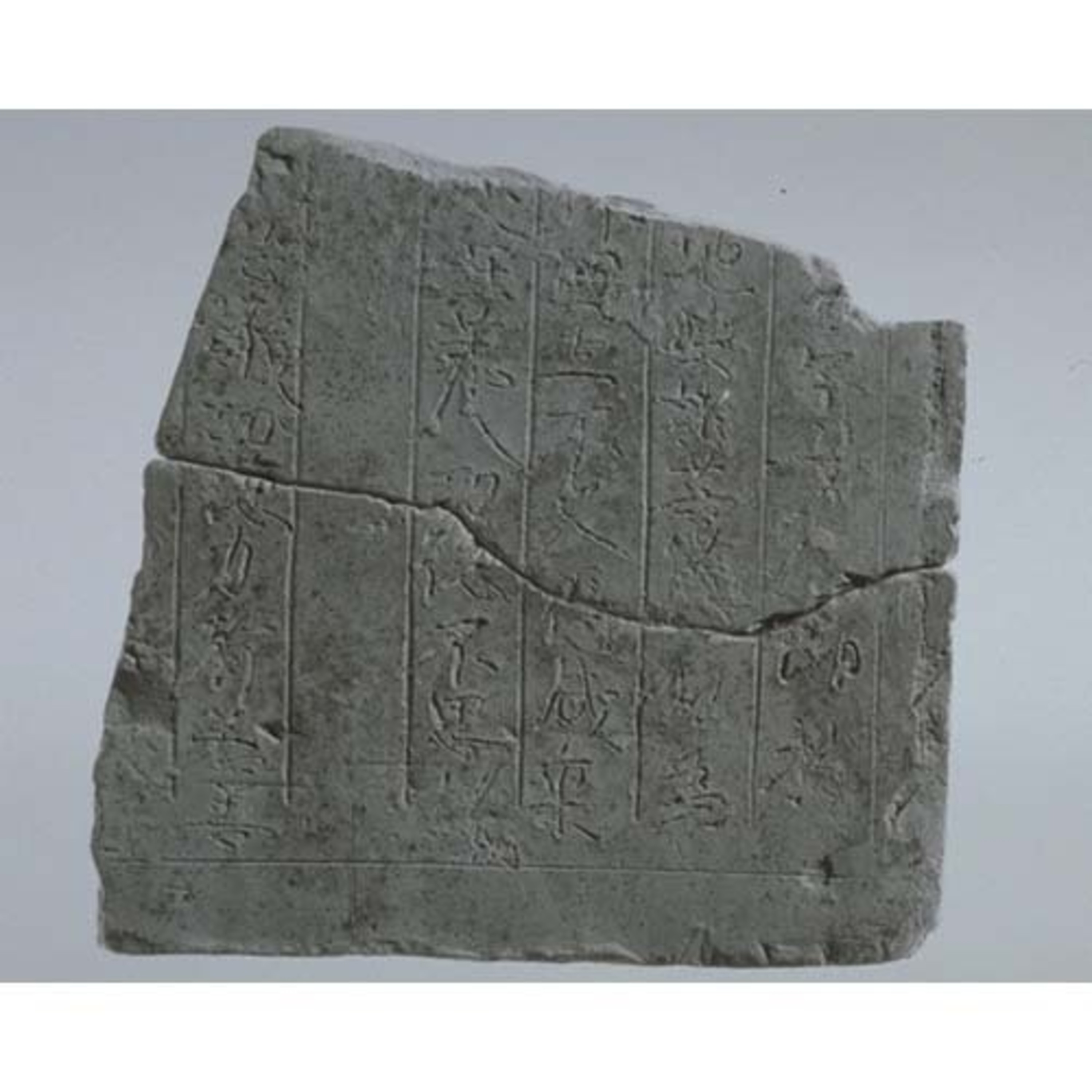
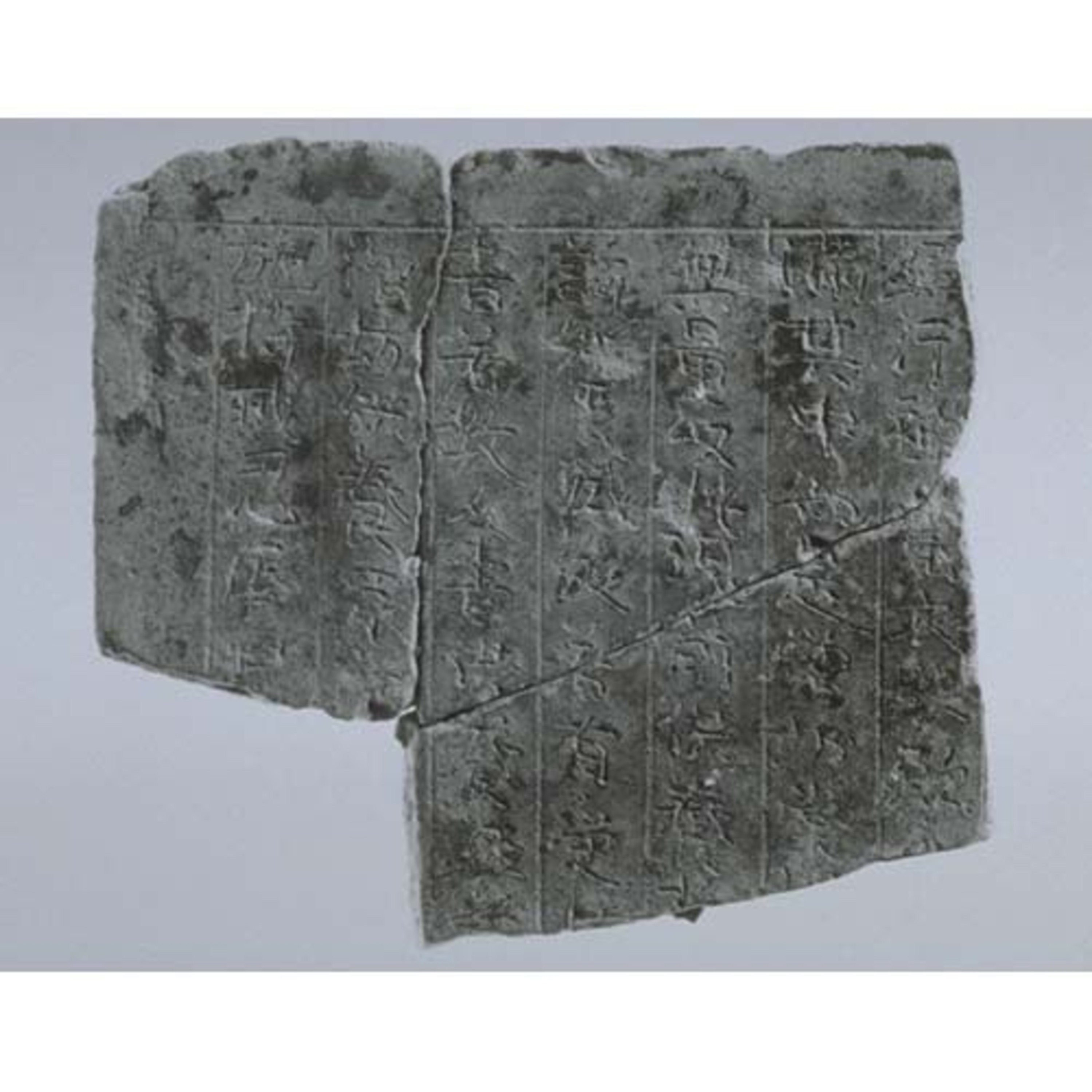
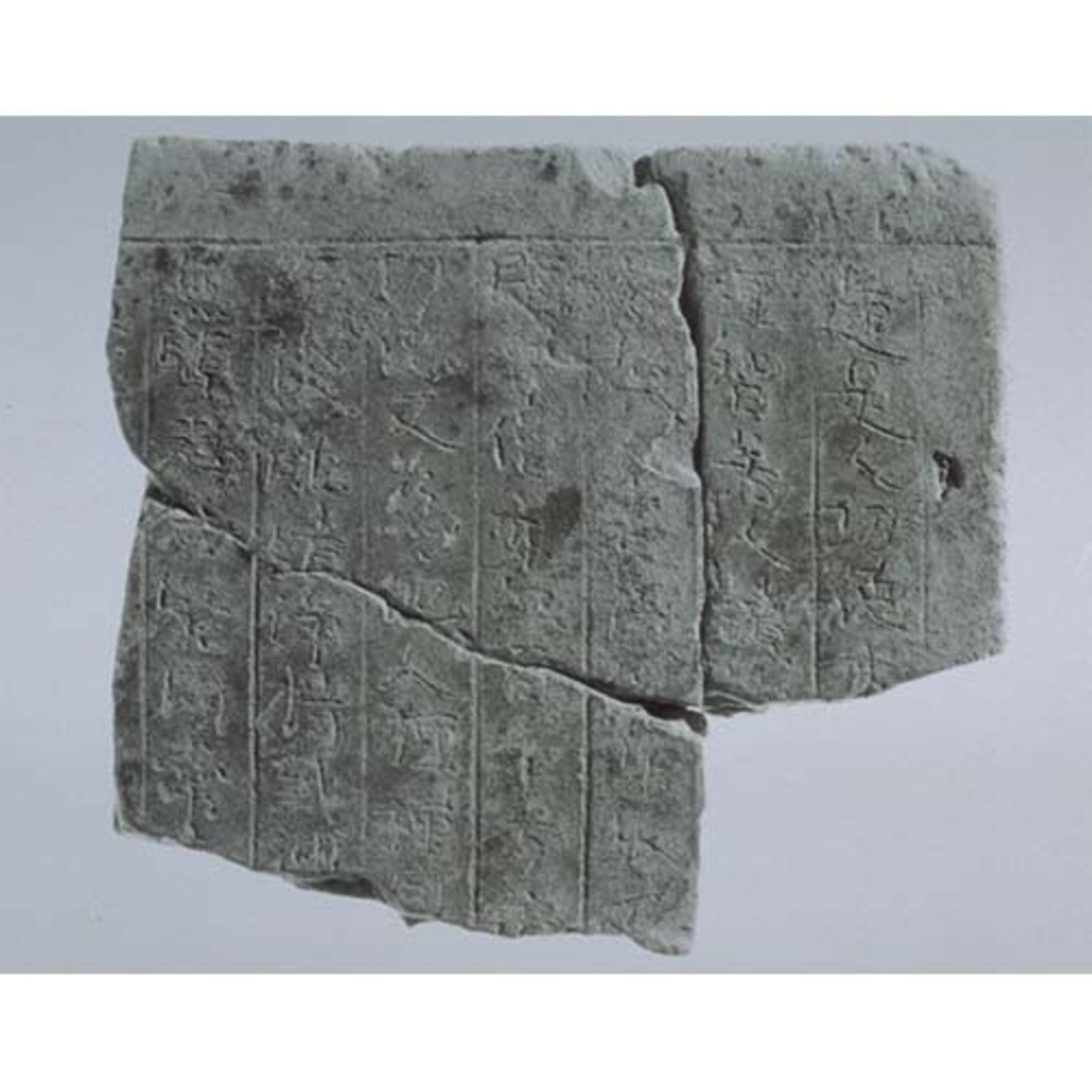
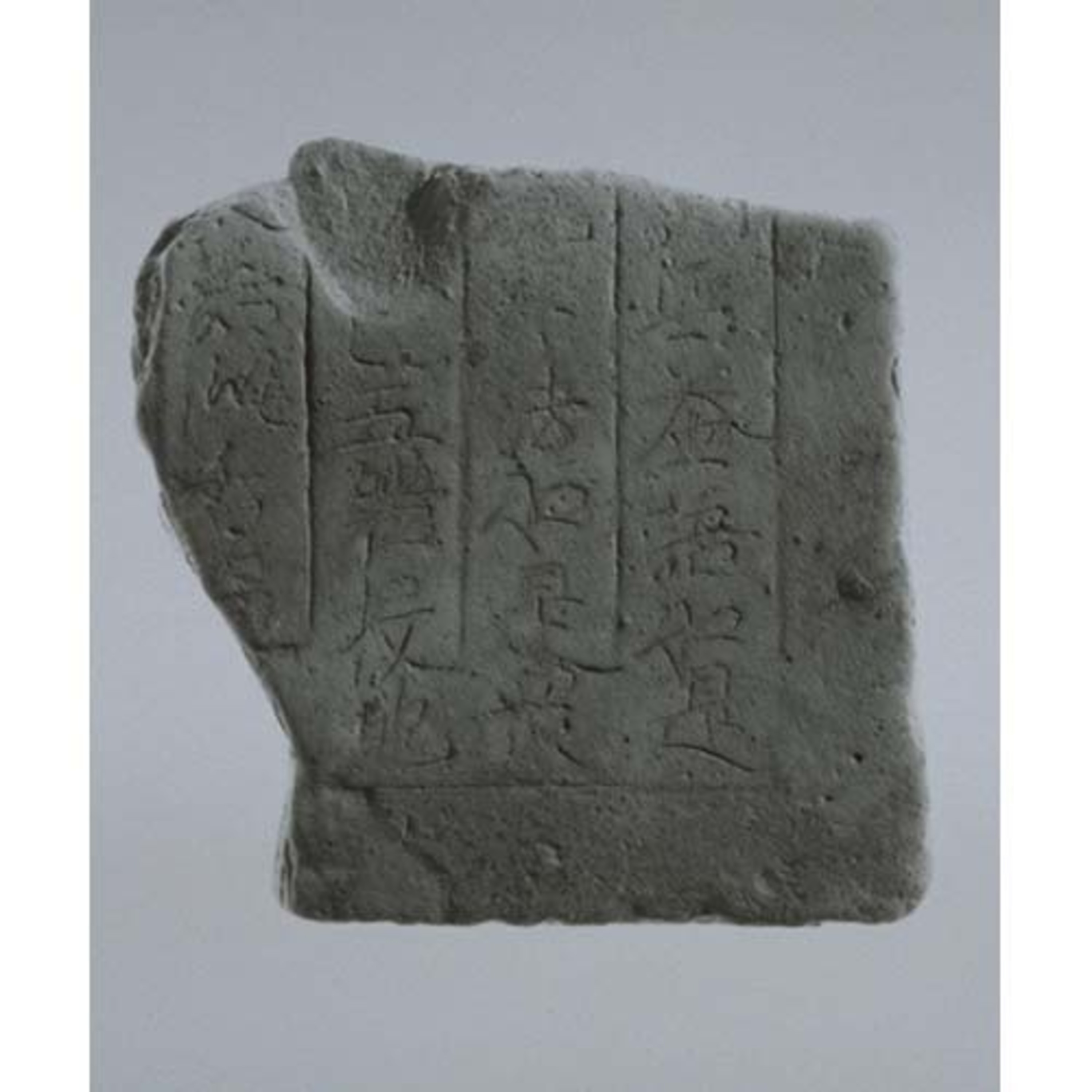

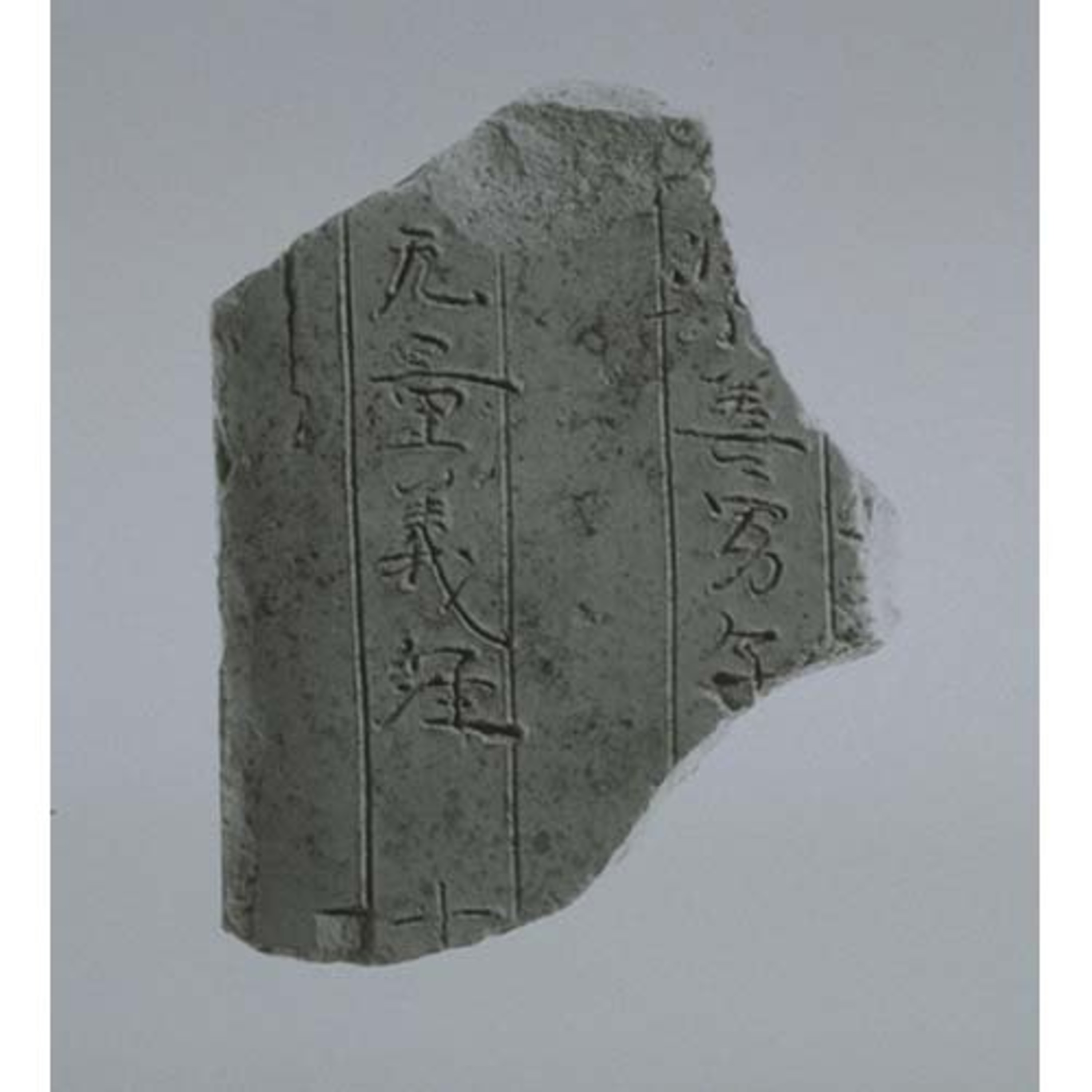
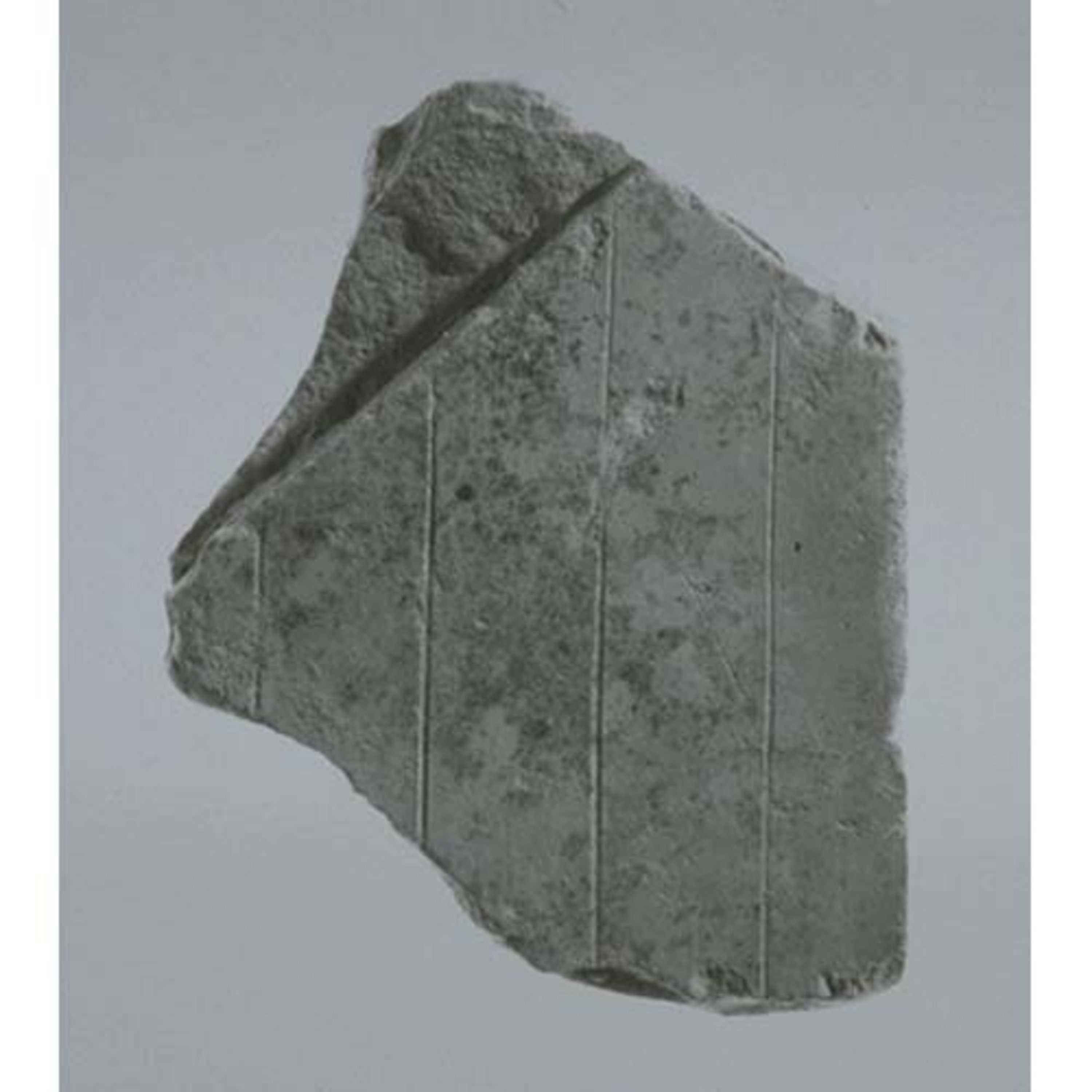
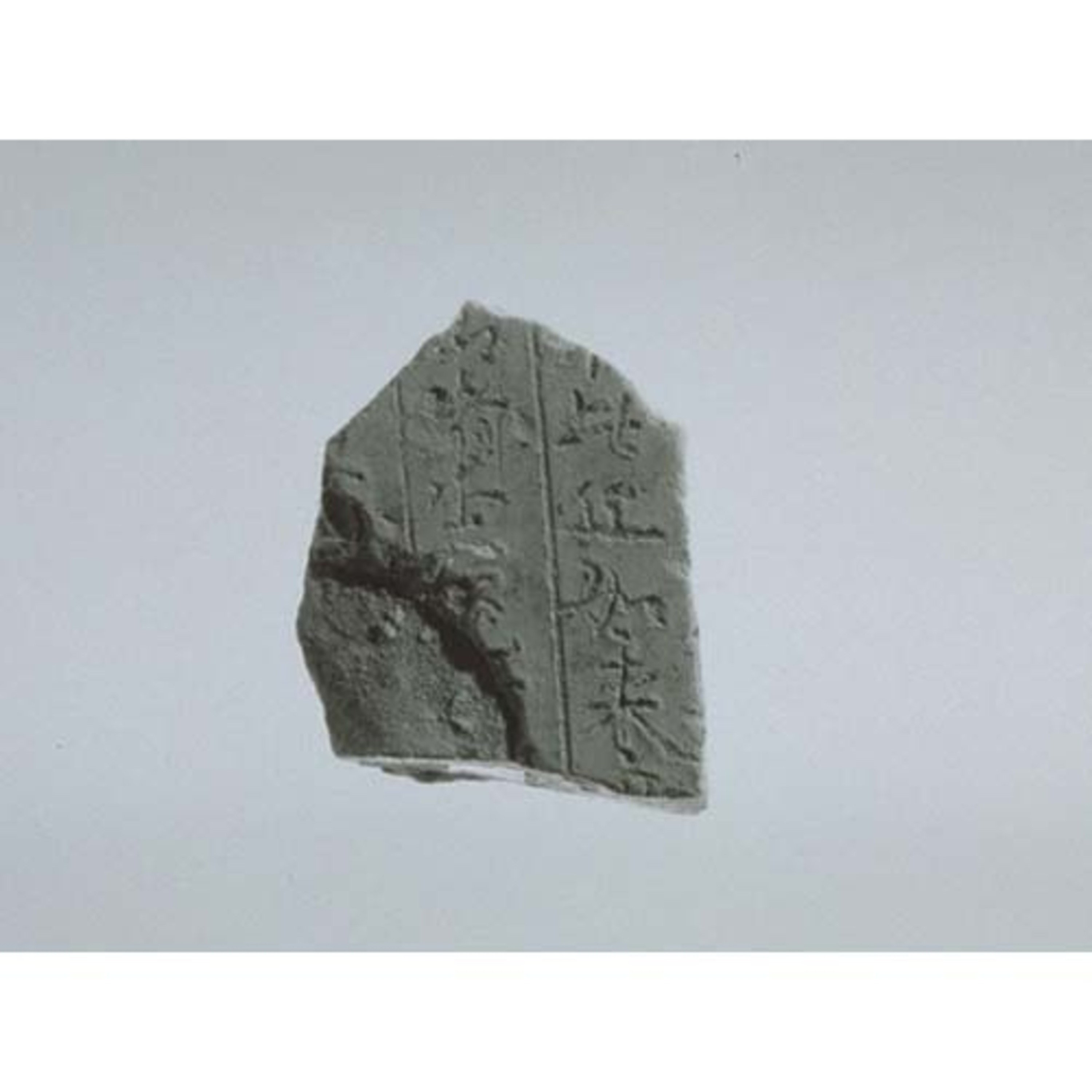
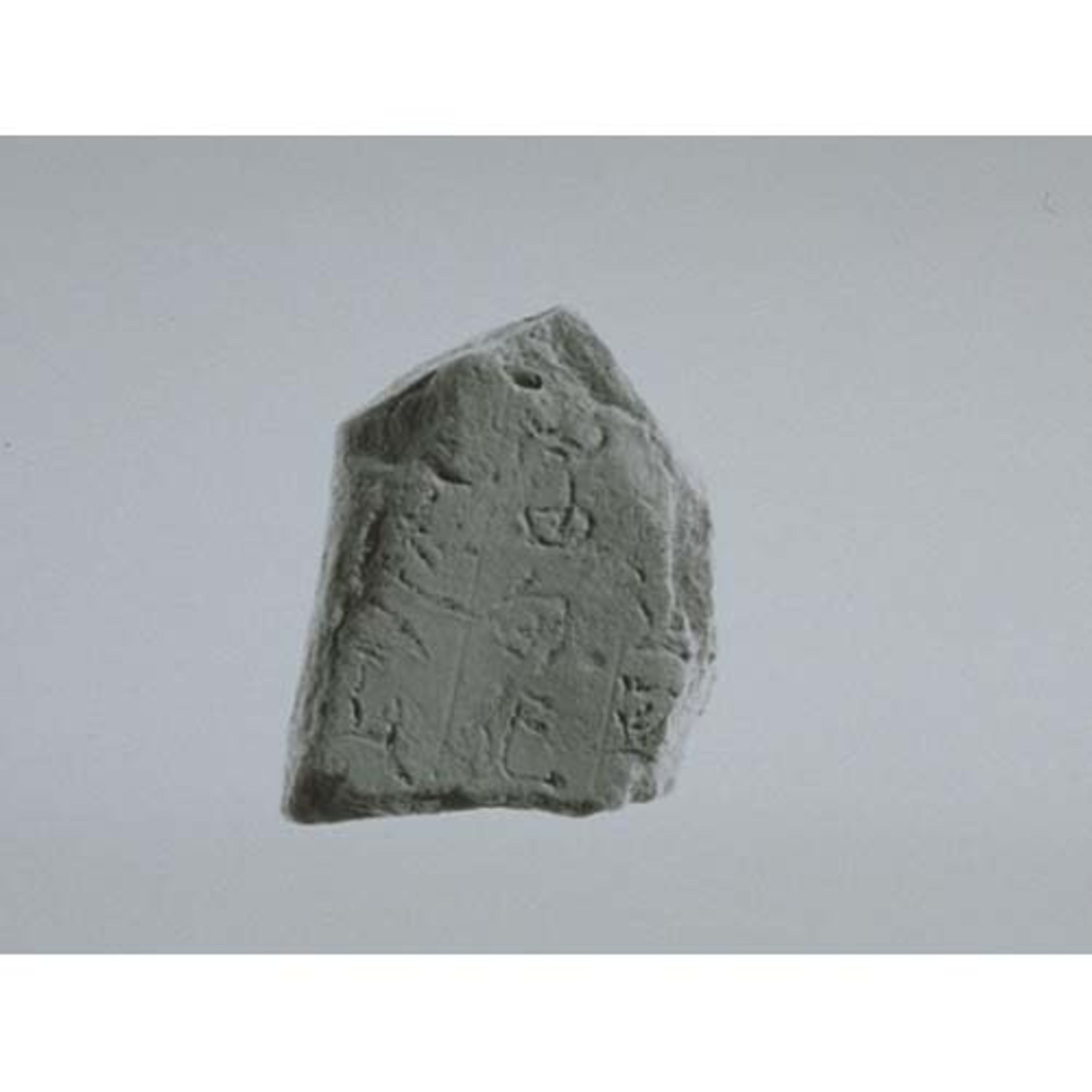
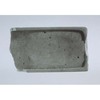



Gakyô are baked clay tiles engraved with Buddhist texts such as the Lotus Sutra (J., Hokkekyô) and Heart Sutra (J., Hannya shingyô). Sutra tiles, more durable than sutra manuscripts on paper, were developed for use as votive objects to be kept buried in sutra mounds for the longest time possible. One tile contained ten lines of 17 Chinese characters each on both sides, so dozens to a few hundred clay tiles were needed to engrave the entire text of a sutra. Gakyô became popular in the late Heian period (794-1185) in western Japan.
Japan-Heian-Late